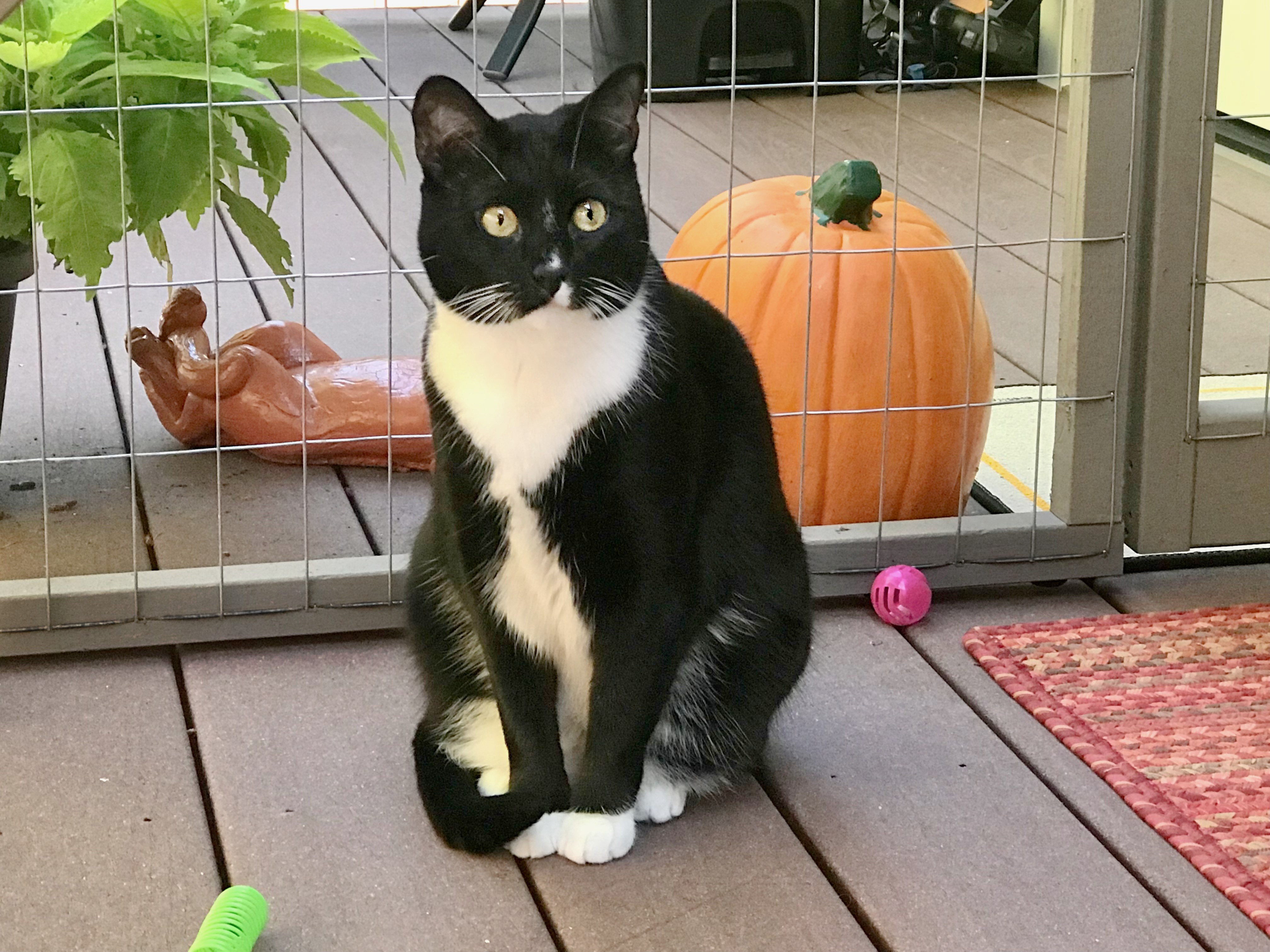 Q: During COVID-19 closures, my partner and I could watch our pets while we worked from home. Now that we’ve returned to the office, I worry about the animals. How can we make sure they stay safe while we’re away?
Q: During COVID-19 closures, my partner and I could watch our pets while we worked from home. Now that we’ve returned to the office, I worry about the animals. How can we make sure they stay safe while we’re away?
A: October is National Animal Safety and Protection Month, a perfect time to review ways to keep pets safe, healthy, and happy at home. By observing a few safety measures and making some light modifications to the home environment, pet owners can avoid unnecessary — possibly costly — trips to the veterinarian and keep their beloved four-legged family members safe and happy year-round.
When left unattended, pets may encounter a variety of hazards that can harm their health and wellbeing. The most common dog and cat injuries include consumption of toxic substances or indigestible objects, bite wounds, fractured teeth, knee ligament tears, abscesses, and lacerations. Many of these maladies are preventable. It comes down to keeping pets out of places they don’t belong.
Here are eight tips for protecting your pets, indoors and out.
Add a dog fence or a catio (an outdoor cat enclosure) to contain your pets. An enclosed outdoor haven gives pets a safe way to enjoy nature while giving you peace of mind.
Add childproof latches to cupboards. Closed, inaccessible cabinets keep food and its wrappings, cleaning products, chemicals, laundry supplies and trash safely out of reach.
Safely store choke hazards. Put away toys, games and craft supplies, and keep all accessible surfaces free of knickknacks, medications and cosmetics.
Keep toxic plants out of reach, both indoors and out. Refer to the toxic and non-toxic plants list compiled by the American Society for the Prevention of Cruelty to Animals (ASPCA), which can be found at aspca.org/pet-care/animal-poison-control/toxic-and-non-toxic-plants.
Keep garage floors and driveways clean. Eliminate the temptation for pets to lick lethal antifreeze, spilled chemicals, or other harmful substances.
Tag and microchip your pet. This digital identification helps neighbors, veterinarians, and animal control reunite you with pets that have escaped from your home.
Add pet alert static decals to windows near your home’s entry. In emergencies, they alert personnel to retrieve pets if you are unable to or are away from home.
Include pets in preparedness and evacuation plans in the event of a disaster. ASPCA has a disaster preparedness checklist for pet safety here: aspca.org/news/disaster-preparedness-checklist-your-pets.
Protecting pets is a responsibility of every household member. Keep this in mind when creating or modifying a home that caters to your pets’ needs, comfort, stimulation, and safety. You are also encouraged to stay proactive with keeping animals current on immunizations, learning basic first aid for pets, scheduling regular wellness visits to their veterinarian, and noting any behavioral changes.
As valued family members, pets add so much joy to our lives. Let’s return the favor by making sure they’re safe.
Cynthia Chomos is a feng shui consultant and the founder of Catio Spaces in Seattle, a member of the Master Builders Association of King and Snohomish Counties (MBAKS). If you have a home improvement, remodeling, or residential homebuilding question you’d like answered by one of the MBAKS’s more than 2,700 members, write to
homework@mbaks.com.